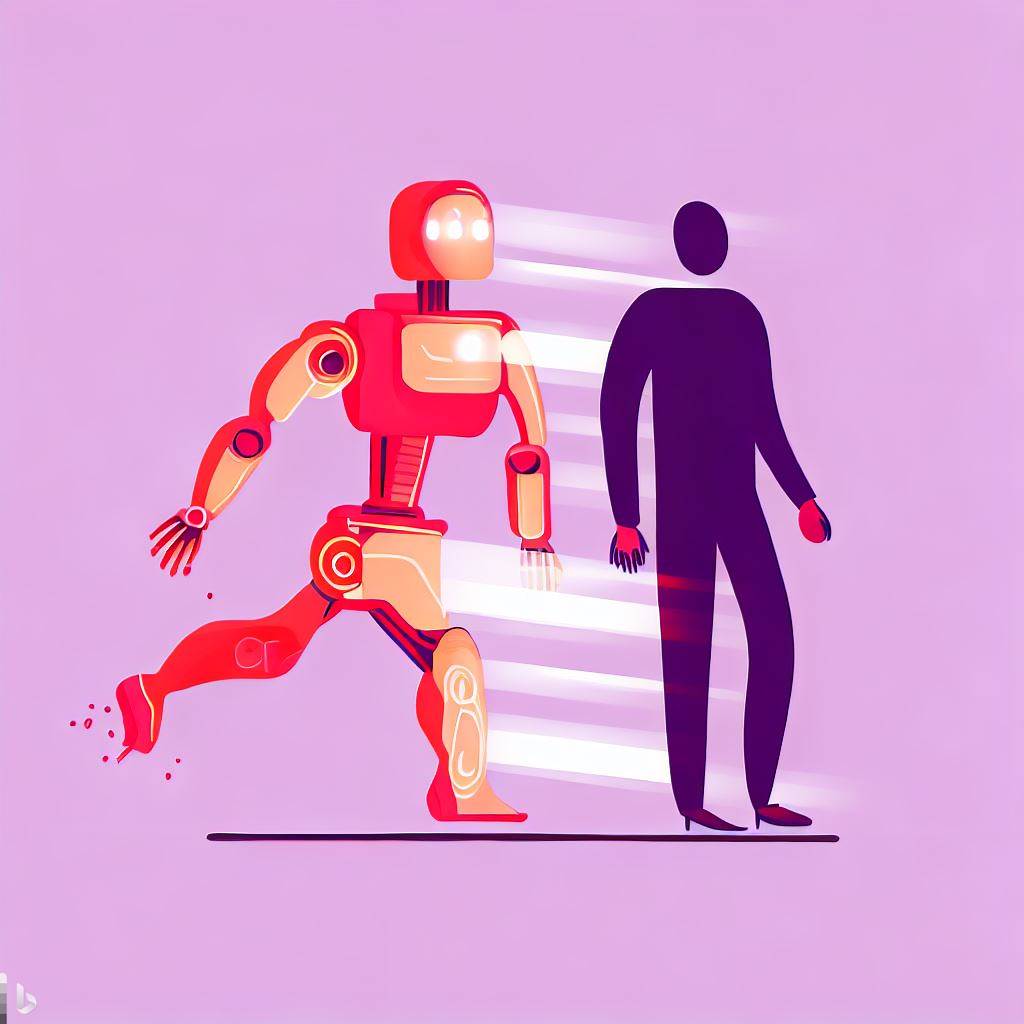
AI is transforming the way we market, sell, and communicate with our customers. Some people worry that AI will take over human jobs, while others expect that AI will enhance human skills. Who is right?
The truth is, AI and humans have different strengths and weaknesses. AI can analyze large amounts of data, optimize campaigns, and automate tasks. Humans can be creative, empathetic, and culturally aware. These abilities complement each other and can create better outcomes than either alone.
Chess champion Garry Kasparov, who famously lost to IBM’s Deep Blue computer in 1997, argues that humans and machines should collaborate rather than compete. He calls this approach “augmented intelligence”, where humans use AI as a tool to enhance their own capabilities.
For example, in marketing, AI can help segment customers, personalize messages, and measure performance. But it cannot replace the human touch of a marketer who can craft compelling stories, build relationships, and make strategic decisions. Similarly, in project management, AI can help plan schedules, allocate resources, and track progress. But it cannot replace the human leader who can motivate teams, resolve conflicts, and adapt to changes.
The key to augmented intelligence is to leverage the best of both worlds: AI’s speed, accuracy, and consistency, and human’s intuition, emotion, and culture. This requires a mindset shift from seeing AI as a threat to seeing it as an opportunity. It also requires a skill shift from doing tasks that can be automated to doing tasks that require human judgment.
To achieve this, we need to design AI systems that are transparent, trustworthy, and aligned with human values. We also need to educate ourselves and others about the potential and limitations of AI. And we need to embrace lifelong learning and adaptability as essential skills for the future of work.
AI is not here to replace us. It is here to help us. By working together with AI, we can achieve better marketing outcomes that benefit everyone.
